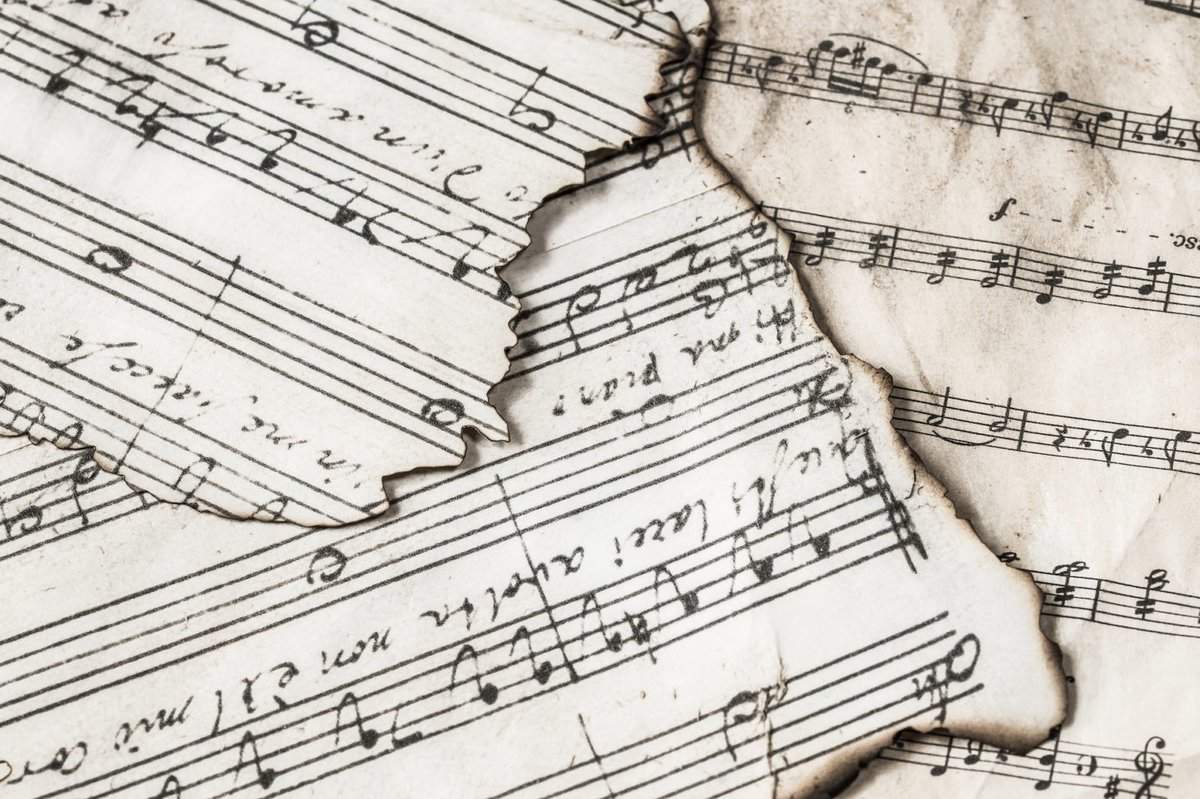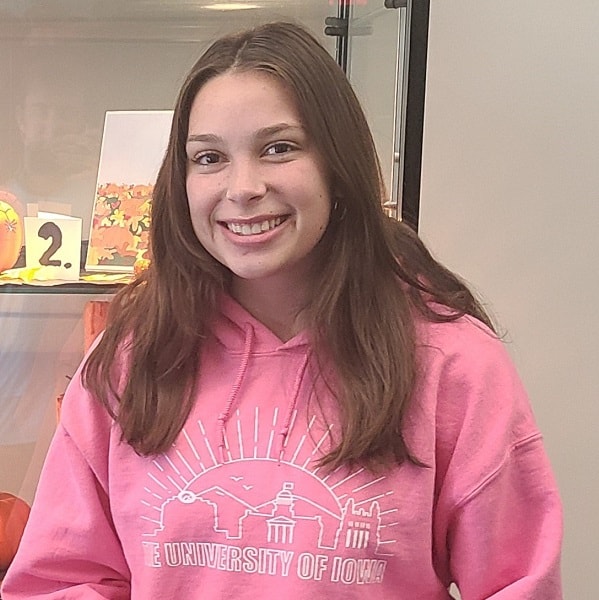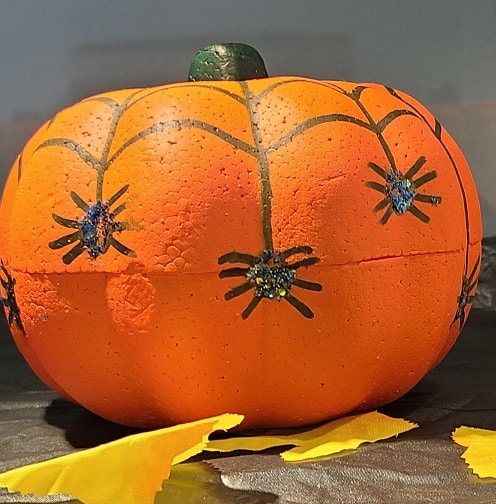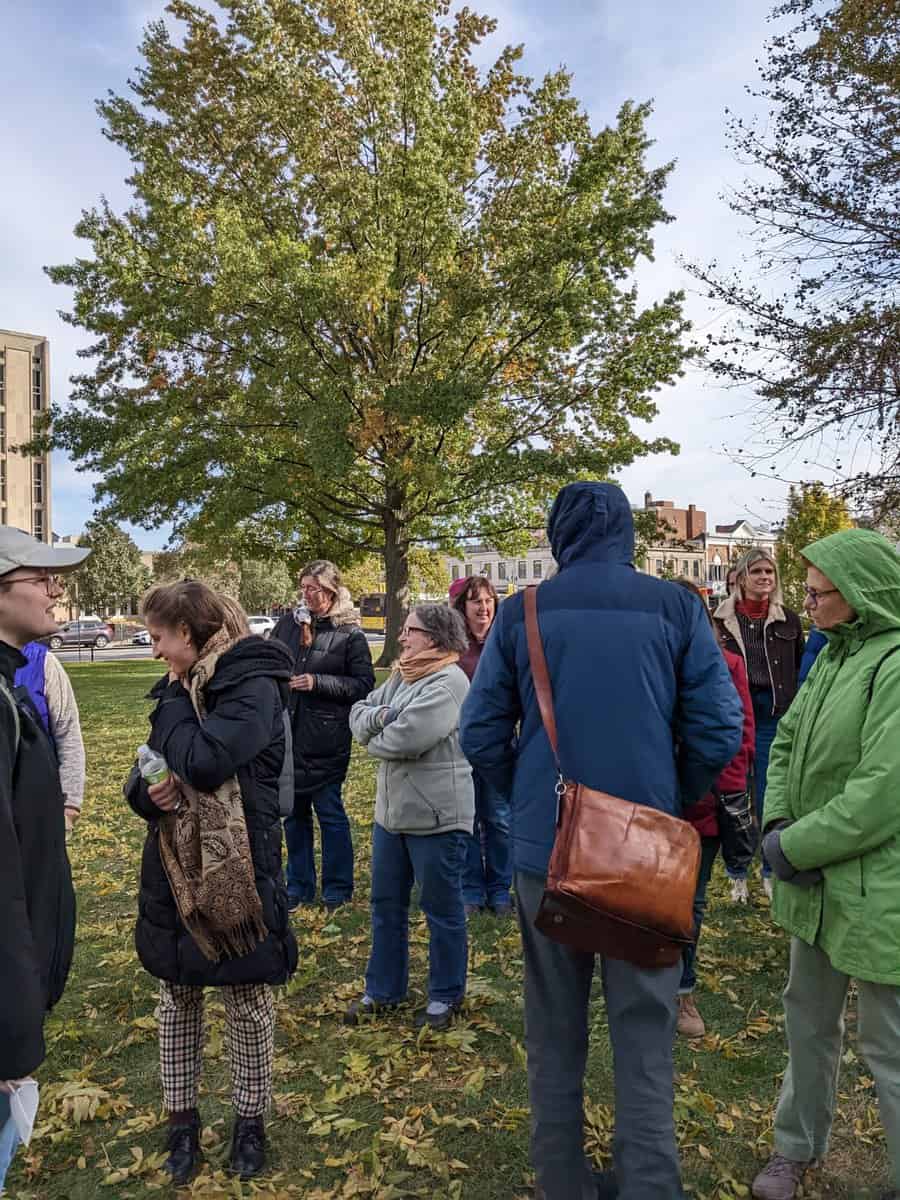Join us outside (weather permitting) in front of the Sciences Library along Iowa Ave on Tuesday, December 12 from 11:00 am to 1:00 pm of Final Exams Week for scientific-themed songs, treats, and beverages. All are welcome! Listen or join in on science songs such as Deck the Labs, The Twelve Days of Biology, andContinue reading “Science Serenade (and Snacks)”
Author Archives: Laurie Neuerburg
Visit the Sciences Library to donate to a community food drive
The UI Pre-PA club is partnering with CommUnity Crisis Services and the food bank to do a food drive through the month of October. Bins are open for food donations at the Sciences Library. Non-perishable donations such as rice and pasta, canned meat, and baby formula are encouraged. Here is a full list of theContinue reading “Visit the Sciences Library to donate to a community food drive”
Fall Workshops at the Sciences Library
Search like a Hawk: Discover Science Literature Wednesday, September 6, 11:30 AM – 12:20 PM Sciences Library room 102 There are millions of books and thousands of journal articles available through our science databases. How can you find what you’re looking for and stay-up-to-date in your subject? Learn how to search like an expert inContinue reading “Fall Workshops at the Sciences Library”
Welcome, Carol, new Sciences Reference & Outreach Librarian!
The Sciences Library is pleased to introduce Carol Hollier, our new Sciences Reference and Outreach Librarian! Carol comes to us from IFIS (International Food Information Services) Publishing in the UK, where she was Senior Information Literacy and Outreach Manager for the past four years. At IFIS, Carol supported food science researchers around the world, creatingContinue reading “Welcome, Carol, new Sciences Reference & Outreach Librarian!”
Free snacks and coffee for finals week at the Sciences Library!
Good luck on your final exams, Hawkeyes! We have free snacks, hot coffee, and tea here for you at the Sciences Library! If you are looking for a good, quiet comfortable place to study, we have three floors with places for you to study that include study booths, study carrels, computer stations, tables and largeContinue reading “Free snacks and coffee for finals week at the Sciences Library!”
Great Pumpkin Winner: Congratulations, Maddie!
After amassing a colorful and creative collection of decorated pumpkins, we have determined a winner for the Sciences Library’s Great Pumpkin Halloween display. The winning pumpkin featured a spider’s web with glittery spiders and was decorated by Maddie! As a prize she received a giftcard to Dunkin’ Donuts. Thank you to all who voted andContinue reading “Great Pumpkin Winner: Congratulations, Maddie!”
Sciences Library Great Pumpkin exhibit: vote for your favorite pumpkin!
Are you waiting for the Great Pumpkin to arrive? Check out the new Great Pumpkin exhibit at the Sciences Library. The Sciences Library staff and student workers have been hard at work decorating pumpkins. You will find spiders, zombies, unicorns, and more in this spooky and sparkly collection! Vote for your favorite pumpkin, and theContinue reading “Sciences Library Great Pumpkin exhibit: vote for your favorite pumpkin!”
Highlights of the Tree Talk and Tour at the Sciences Library
We had a great time learning about our campus trees at the Tree Talk and Tour at the Sciences Library. It was fascinating to learn about the oldest trees on campus as well as new plantings. We also learned about our State Champion trees, special trees such as the chestnut sapling planted to honor AnneContinue reading “Highlights of the Tree Talk and Tour at the Sciences Library”
SciFinder Classic is Retiring
If you are currently using the classic version of SciFinder, it is time to start using SciFinder-n. Chemical Abstracts Service (CAS) will discontinue the “classic” SciFinder interface on Dec. 31, 2022. SciFinder-n, will be the only SciFinder platform moving forward. If you are already using SciFinder-n, you do not need to do anything. Your SciFinderContinue reading “SciFinder Classic is Retiring”
Study Help for BIOL 1411: Foundations of Biology for Fall 2022
If you are taking BIOL:1411 Foundations of Biology, you can take advantage of free study help with our Sciences Library student mentors. Drop-in Tutoring for Foundations of Biology Group Study Sessions for Foundations of Biology Find special hours during breaks and holidays on our Foundations Study Help Guide.








